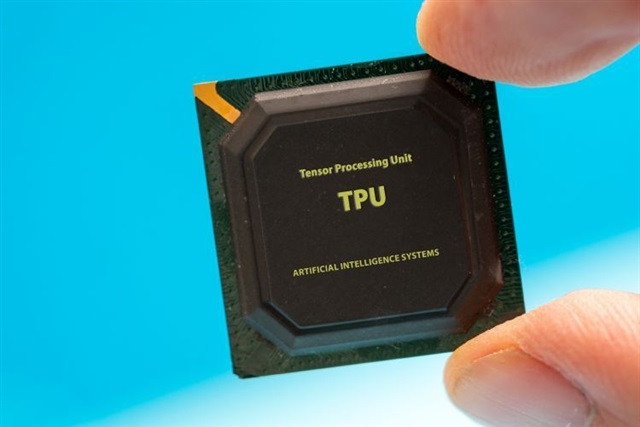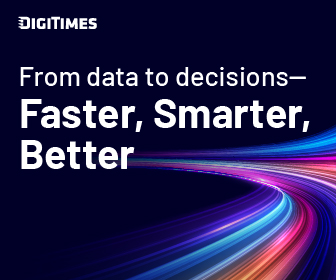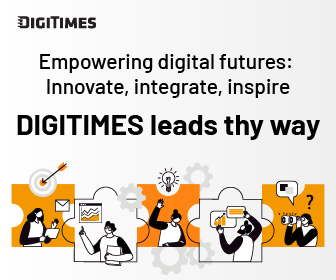Google's expanding Tensor Processing Unit (TPU) strategy is emerging as a serious challenge to Nvidia's long-running dominance in AI accelerators, particularly after a report from The Information revealed that Meta is in talks to begin using Google TPUs in its data centers in 2027 under a potential multibillion-dollar agreement.
The discussions have drawn fresh attention to growing concerns that alternative accelerators could start to narrow Nvidia's lead, even as CEO Jensen Huang argues that custom application-specific integrated circuits from companies like Google and Amazon will struggle to keep pace with Nvidia's rate of innovation.
Some analysts say Google's TPUs now match, and in certain tasks surpass, Nvidia's GPUs. Google has mostly kept the chips for in-house use, although people in the industry expect the company to widen access as model sizes grow. GPUs are still critical for early-stage training, but inference becomes more important as models mature and can run efficiently on lower-power, task-specific silicon, creating room for custom ASICs.
GPU flexibility versus ASIC efficiency
GPUs retain an advantage because they can perform a wide range of parallel math operations across many types of AI workloads. ASICs operate more like fixed-function tools, offering stronger performance and better efficiency, but only for the specific operations they are designed to execute.
Chris Miller, author of Chip War, said ASICs inevitably sacrifice flexibility compared with Nvidia's GPUs, which serve the broad needs of most AI developers. Nvidia's most advanced GPUs can cost up to US$40,000 and remain difficult to obtain. Startups typically continue relying on GPUs because developing custom ASICs requires tens of millions of dollars upfront.
For the biggest cloud providers, however, the economics are shifting. In-house ASICs give hyperscalers more control over the workloads they scale, even as they continue to depend heavily on Nvidia and Advanced Micro Devices to meet overwhelming demand for high-end GPUs. The combined approach keeps the GPU market extremely tight.
Hyperscalers double down on custom chips
Google led the industry-wide move toward custom AI silicon when it introduced TPU v1 in 2015 after concluding in 2013 that AI would dramatically increase its data center requirements. TPUs later helped power Google's development of the Transformer architecture in 2017, which now underpins most modern AI systems. The company recently released the seventh generation of its TPU hardware, and Anthropic has said it plans to use as many as one million TPUs to train future versions of its Claude model.
Amazon Web Services and Microsoft are stepping up their own efforts. AWS is preparing to launch the third generation of its Trainium chip in December. Ron Diamant, Trainium's chief architect, said Amazon's ASICs deliver 30% to 40% better price-performance compared with competing chips inside AWS systems. Microsoft has entered the ASIC market as well, deploying its Maia 100 accelerator in data centers on the US East Coast.
Crowded field of ASIC designers
Competition is rising across the accelerator sector. Qualcomm has introduced its A1200 chip, Intel continues expanding the Gaudi line, and Tesla is developing the AI5 processor for autonomous driving and robotics. Startups such as Cerebras and Groq are building architectures optimized for high-throughput AI workloads. In China, Huawei, ByteDance, and Alibaba have rolled out their own ASICs, although US export restrictions on advanced semiconductor tools and AI chips pose significant hurdles for their next-generation designs.
Industry impact
The surge in TPU and ASIC development reflects a broader shift in the AI hardware market. Nvidia still dominates training workloads and continues to face overwhelming demand, but hyperscalers and AI chipmakers are investing aggressively to diversify their compute options.
A TPU agreement between Meta and Google would represent one of the largest deployments of non-Nvidia hardware to date and could intensify competition across data center acceleration. The next phase of AI development will test whether Nvidia's flexibility and mature software ecosystem can maintain its lead, or whether custom ASICs will take a larger share of workloads as inference grows in scale and importance.
Article edited by Jack Wu



